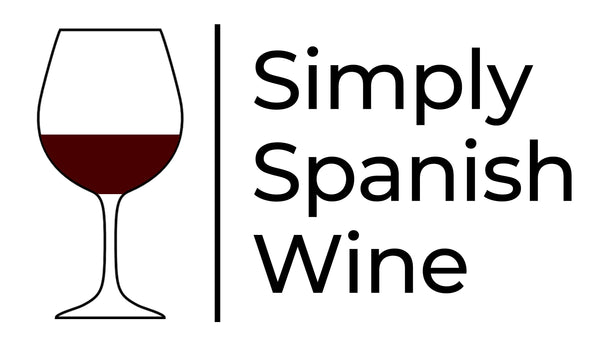What is Torrontés and where is it found?
Torrontés is a very old Galician variety, which used to be pretty widely planted across the Iberian Peninsula. It’s the second most widely planted white variety in the Spanish wine region of Ribeiro, with smaller plantings in Rías Baixas and Ribeira Sacra. Genetically, it is a different grape to the Torrontés planted quite widely in Argentina and Chile.
Torrontés' main characteristics
Torrontés buds early in the vineyard, which can make it vulnerable to spring frosts, and ripens quite quickly. It has a bit of a tendency to evolve ahead of time, hence it’s often found blended with other white varieties like Treixadura or Ladó for example, to give it a little more acidity and structure and let it age a bit more.
What does Torrontés taste like?
Torrontés makes very aromatic, individual wines, with fruit and floral notes and sometimes a touch of hay.
Which Torrontés wines should I try?
Along with Godello and Treixadura, Torrontés is one of the white varieties that go into D’Mateo Quintas from DO Ribeiro. Made by Benedetto Carcieri of Atlantic Galician Wineries, the grapes are carefully selected and harvested by hand in the sloping, terraced vineyards in the Avia river valley north of Ourense in Galicia. Each variety is fermented separately before blending. The wine is straw yellow in colour, with a very clean, steely and mineral nose laced with aromas of fresh young apple and crisp pear. It shows more herbaceous notes on the palate, coupled with green apple, citrus and lime, which gives a deliciously juicy feeling in the mouth. This is a very good alternative for all those Sauvignon Blanc fans out there, and couples really well with all kinds of white fish, octopus, mussels, clams and other delicious Spanish shellfish.

